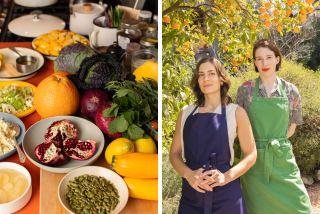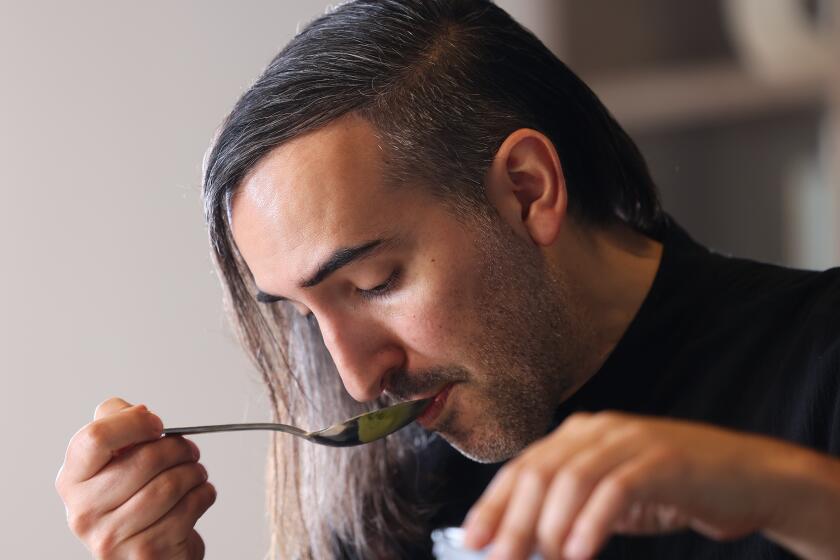Here’s the veggies. Now create.
In my junior high home ec class, I liked the emphasis on precision we were taught: Use a butter knife to level off the dry ingredients in a measuring cup, and never pour salt into a measuring spoon over a bowl of already waiting ingredients.
I felt comfortable following directions, and attempting a meal without a recipe left me uneasy.
Before I knew it, I had become a recipe addict — never just throwing something together on a whim. The explosion of online recipes allowed me to obsessively gather even more information. I could sort recipes to see top-rated ones first, select ones with the most reviews and then read comments for suggested modifications rather than experiment.
This obsessive direction-following worked OK until I hit an instruction like “salt to taste” and, lacking a specific measurement, I’d just throw a couple of dashes in. Sometimes the result tasted OK and sometimes it didn’t. (Eventually my husband explained that I should actually taste what I was cooking after adding the salt, and then add more if it was too bland.)
My recipe dependency was thrown into a tailspin last summer when, in an effort to up our healthy vegetable intake, we joined a community-supported agriculture program (CSA). A local farm would send us a grab bag of vegetables each week, and we would have to figure out how to cook them.
At first I found recipes based on the ingredients we got, but they would often only utilize one or two vegetables, leaving us with a pile of unused radishes and greens at the end of the week. So, with my husband’s help, I branched out.
We threw beets in the grill basket with a mix of onions, garlic, salt and other vegetables — and despite the fact they gave a red coating to everything, we liked the roasted, sweetened taste.
I learned that most greens can be sautéed with olive oil and salt, and that squash can make a good pureed side dish or soup.
I also became familiar with a host of vegetables I’d never seen before, like garlic scapes (the green stalks of the garlic plant) and kohlrabi (which resembles a turnip but belongs to the cabbage family).
Now we’re in our second year with the CSA, and it’s actually become kind of fun to try to figure out how to use the vegetables — like a “healthy home” version of “Top Chef.” Having part of the ingredients for the week has also reduced trips to the grocery store and helped with my indecision about what to make.
For lunch today, I had a bunch of spinach to use and not a whole lot else in the fridge. I sautéed the spinach in olive oil and salted it (to taste!), then topped it with a fried egg and a little Gruyere — a sort of Florentine minus the hollandaise and bread.
I don’t know that it would have been the winning dish in our healthy-home-chef competition — my husband’s English peas sautéed with crispy garlic scapes might edge it out — but for someone getting over recipe-dependence, it wasn’t half bad.
Vick, who lives in Denver, teaches writing at the University of Colorado at Denver and has published essays in the Christian Science Monitor, U.S. News & World Report, McSweeney’s and the anthology “Italy From a Backpack.” You can read her work at julievick.wordpress.com.
My Turn is a forum for readers to recount an experience related to health or fitness. Submissions should be no more than 500 words. They are subject to editing and condensation and become the property of The Times. Please e-mail health@latimes.com. We read every essay but can’t respond to every writer.
More to Read
Eat your way across L.A.
Get our weekly Tasting Notes newsletter for reviews, news and more.
You may occasionally receive promotional content from the Los Angeles Times.










